Marie Curie was born on November 7, 1867 in Warsaw as the youngest child of Bronisława and Władysław Skłodowski. She grew up with four older siblings in an intellectual household. Her father was a teacher of physics and mathematics, and her mother ran a girls' boarding school, where the family also lived. The family lived very modestly and only when the father was offered a position as deputy director of a renowned school did the family get a larger official residence.
During Marie Curie's childhood there were great political and economic upheavals, as Poland was being russified during this period. As a result, the father lost his job again. Bad investments also led to the family becoming impoverished again. When Maria was about six years old, her mother fell ill with tuberculosis and avoided any physical contact with her for fear of infecting her. In order to compensate for the emotional distance on the part of her mother, Marie Curie plunged into eager learning and graduated at the top of her class.
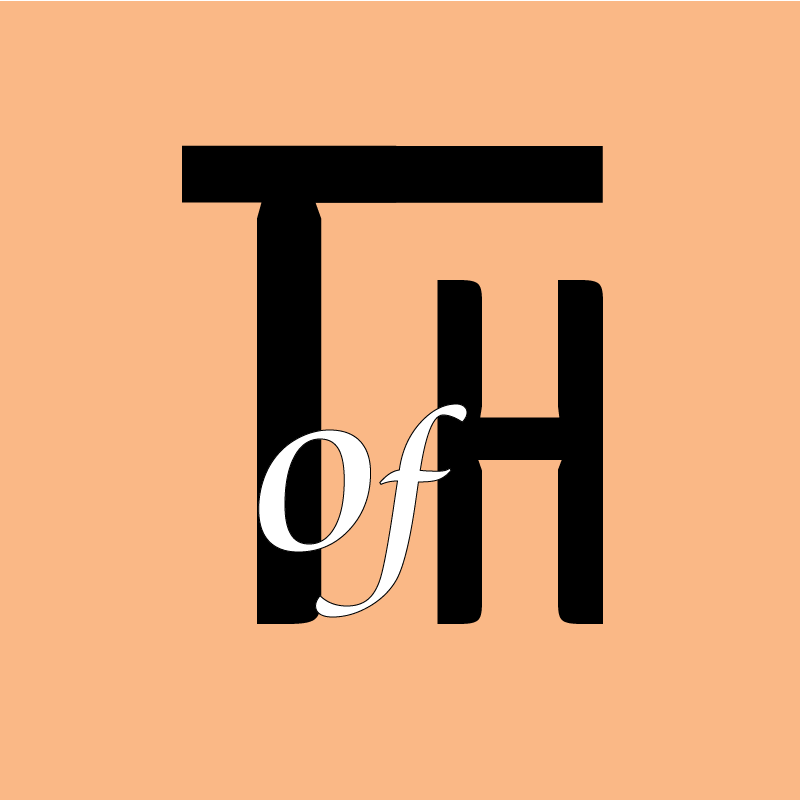
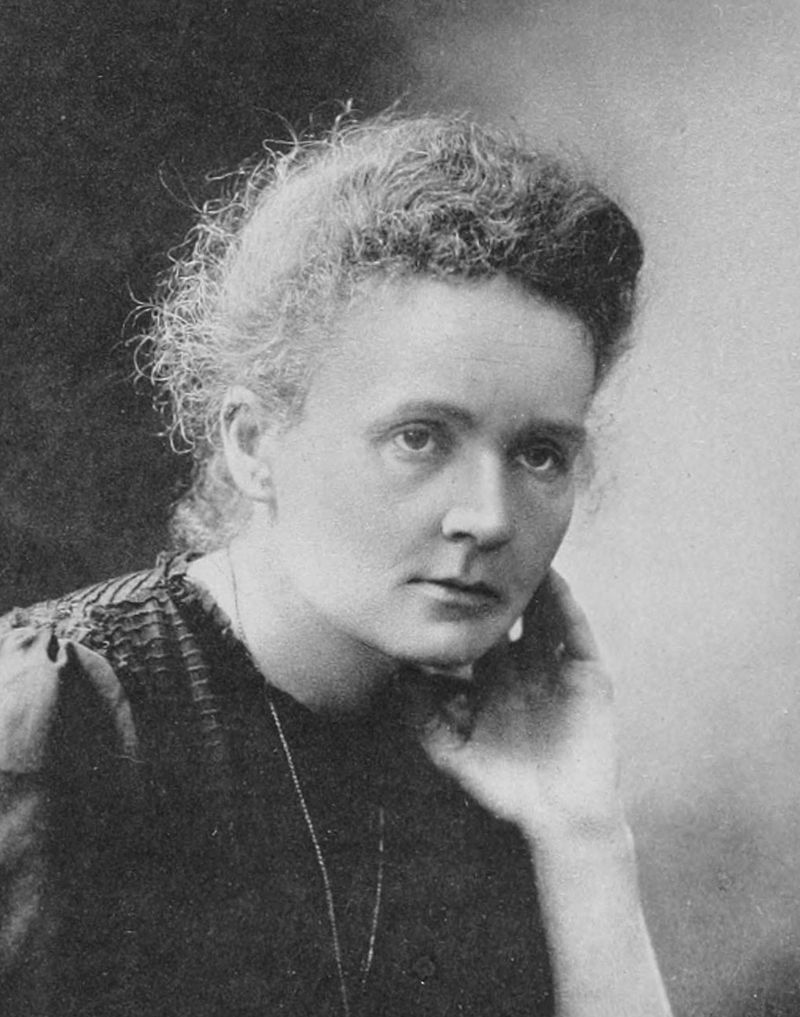


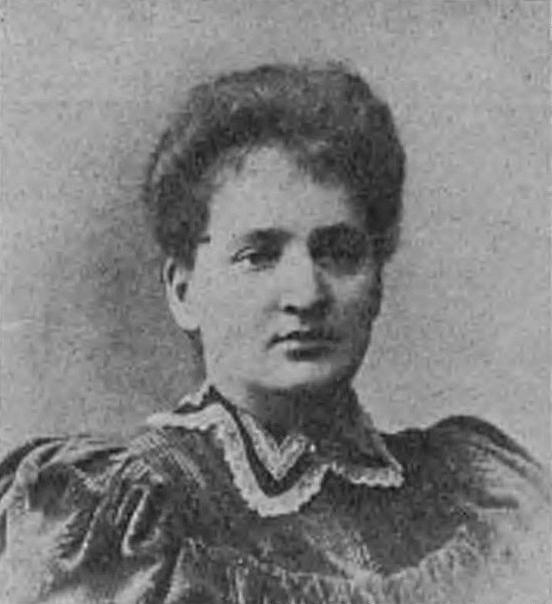
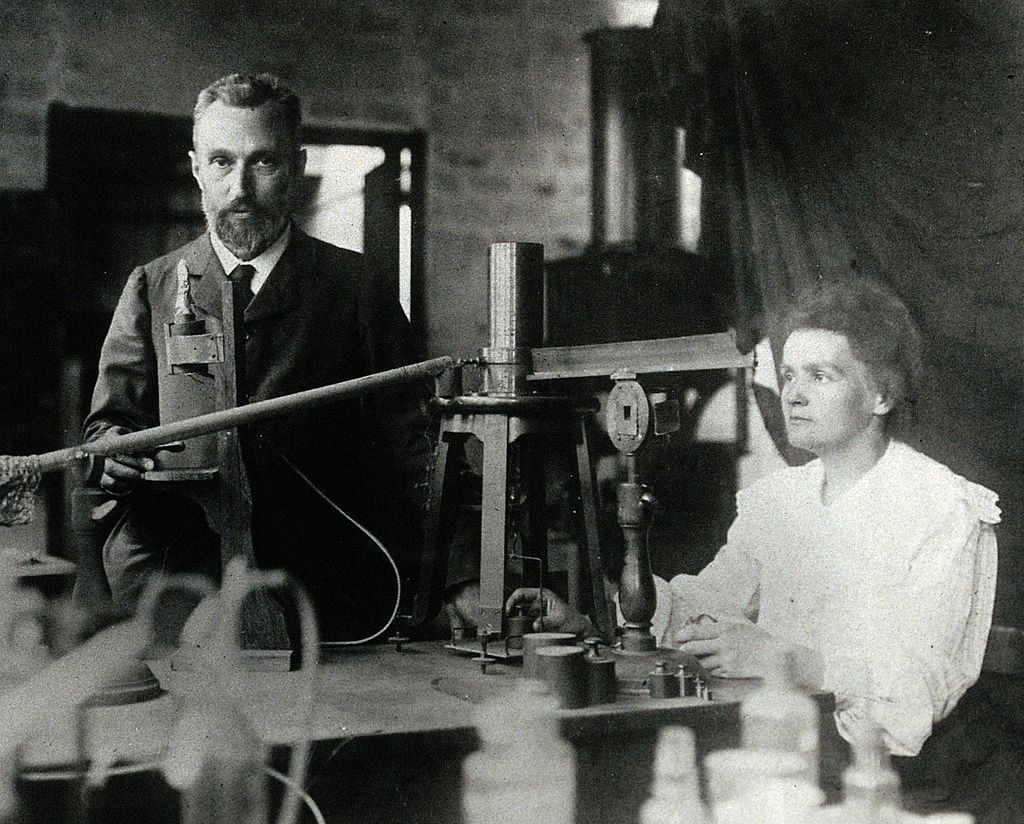
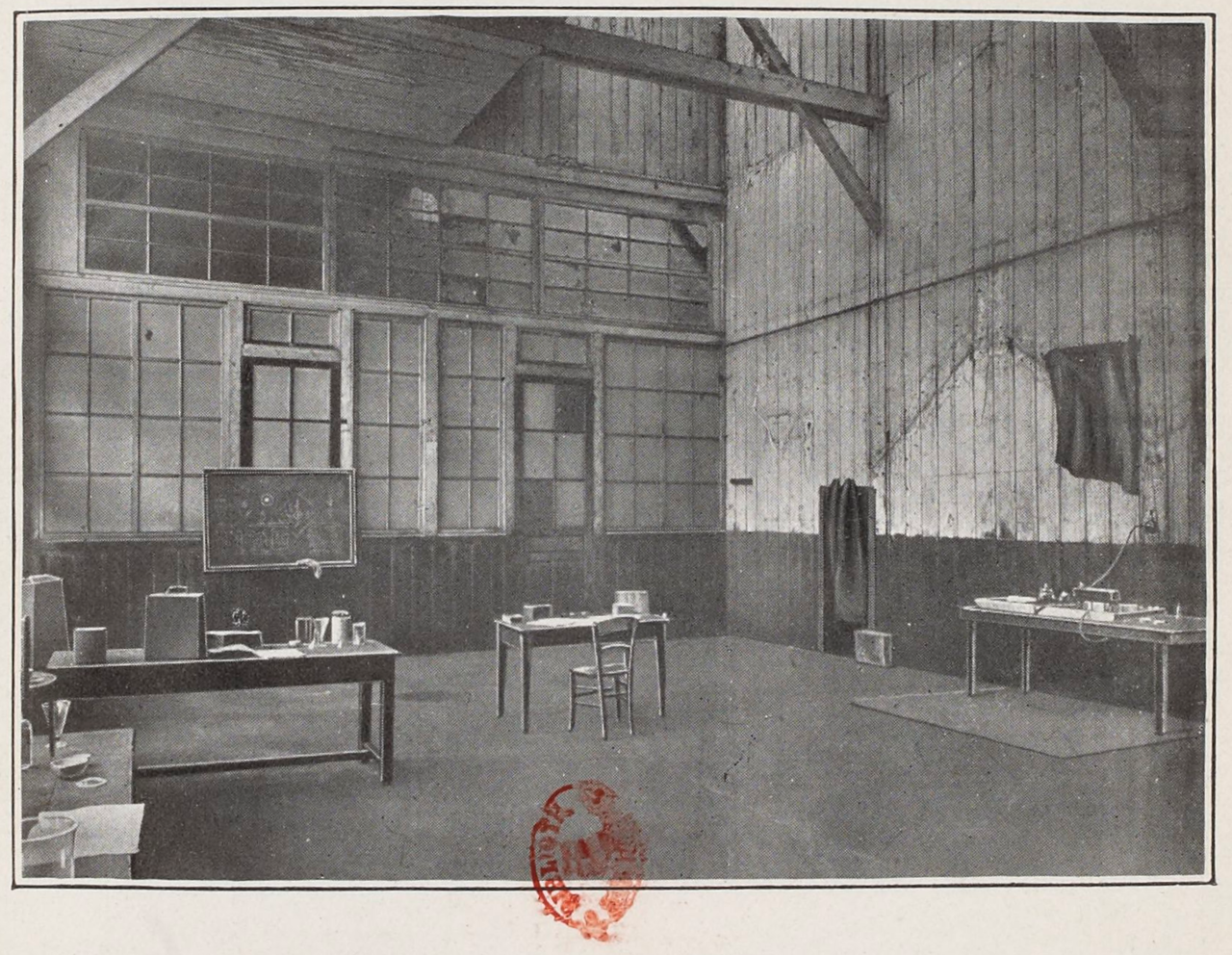
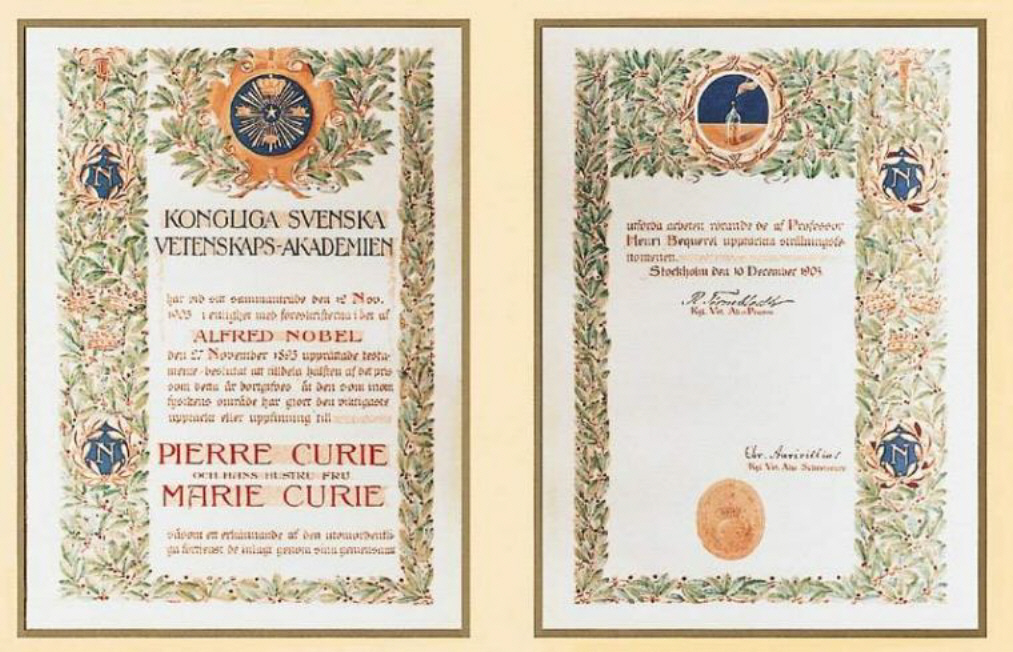
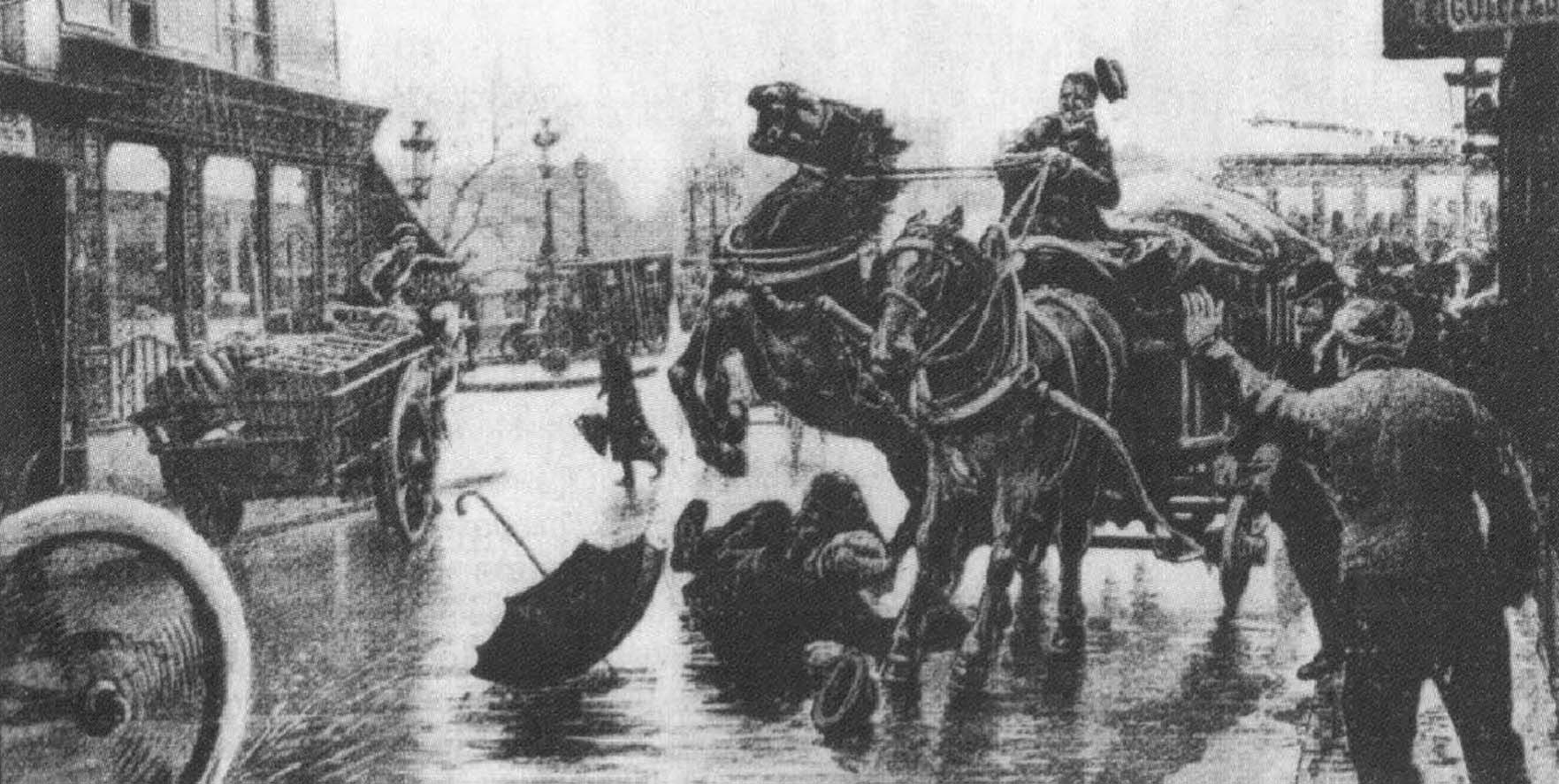

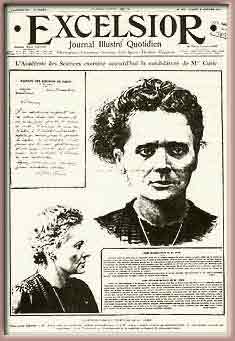


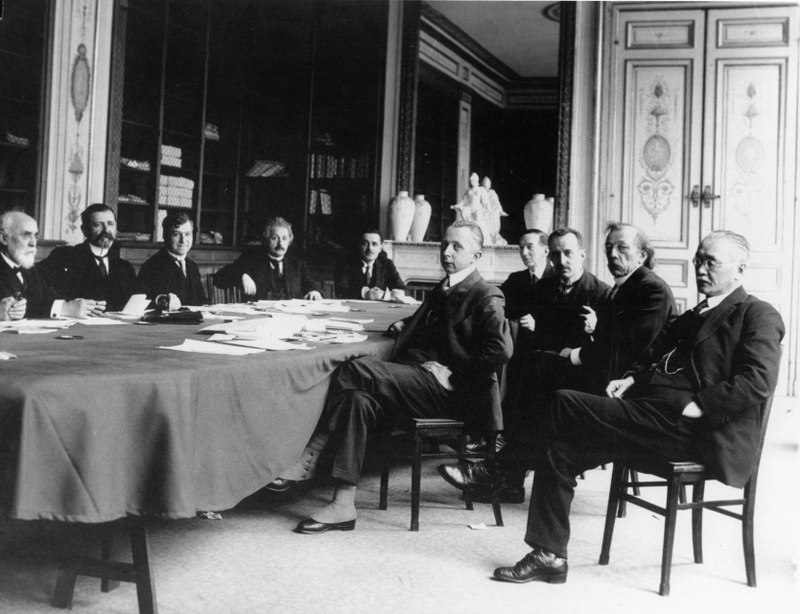


Comments
Links